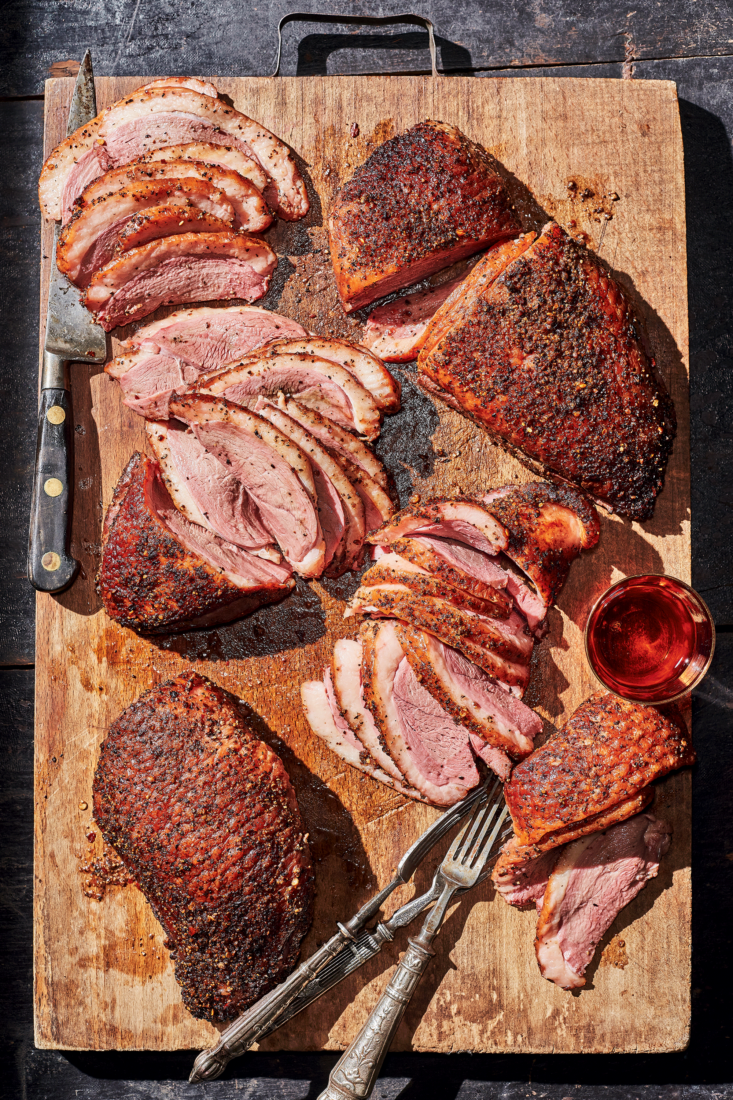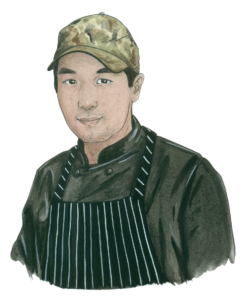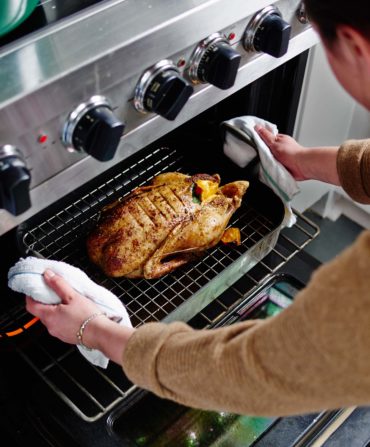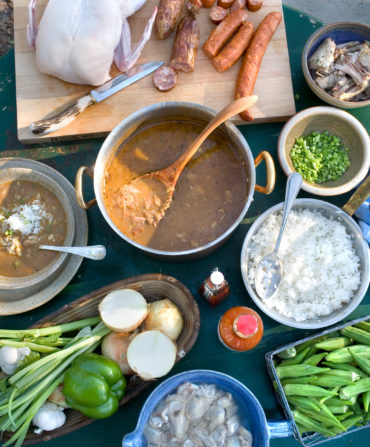When the cold comes on hard on the Eastern Shore of Virginia and ducks and geese fly low on their journey south, Wade Truong considers the birds with a chef’s eye. Then he gets his shotgun.
The prizes are the breasts, some of which will weigh a pound apiece after he harvests them. He soaks them in a spicy brine, adds a rub, and smokes them. The result tastes a lot like good, old-fashioned pastrami and is terrific sliced and served like charcuterie on a holiday cheeseboard or stacked into a Reuben sandwich. If you don’t hunt, don’t despair. His approach works on wild waterfowl but also with farm-raised duck, which you can find at most butcher shops.

Johnny Autry
For Truong, who is the executive chef at Kybecca in Fredericksburg, Virginia, the recipe reflects a lifetime of experience. He’s the son of Vietnamese refugees who arrived in the United States in the 1970s. He grew up working in the family restaurant, the Saigon Café, in Harrisonburg. As a child, he fished with his father, who had been a soldier in the South Vietnamese Army. But hunting was not part of the equation. “My family didn’t have an aversion to hunting, but my father had an aversion to firearms in general,” Truong says.
By the time Truong was a teenager, he knew he was happiest in the woods. By his early twenties, the young chef turned to hunting as a way to connect more deeply with the food he was cooking. But he had no idea how to do it. So he asked farmers who supplied Kybecca where to find open land and used Google searches to figure out how to butcher his first deer when he finally took one down.
Now almost everything the thirty-three-year-old chef harvests finds a place on his table. When he gets home with his birds, he turns the legs into confit and the feet into stock. The breasts become pastrami, using a process that takes more time than technique. A long bath in a brine with a small bit of sodium nitrite, a common preservative you can find at most kitchen-supply stores or online, is more for color than for food safety. The brine needs to penetrate the meat completely or it will be gray in the middle. But the curing agent is not essential, he says. “If you are keeping everything nice and clean and cooled down and nothing is at room temperature, it’s really not going to affect the safety, but you want it to give the breast that bright red color,” he says.

Johnny Autry
Truong likes the rub to be chunky, so he grinds the spices coarsely. “You don’t want it crunchy by any means, but you want a little texture,” he says. “When the spices are a little coarser, you get a big flavor pop.”
Cooking the duck is simple work with a smoker, though you can also use a charcoal grill; bank the coals and soaked wood chips on one side, place the duck breasts on the other over a pan of water, then just keep the temperature at 250°F by adding or subtracting coals until the meat is cooked to your desired temperature. “What you want,” he says, “is something that has texture and flavor and that honors the game.”









